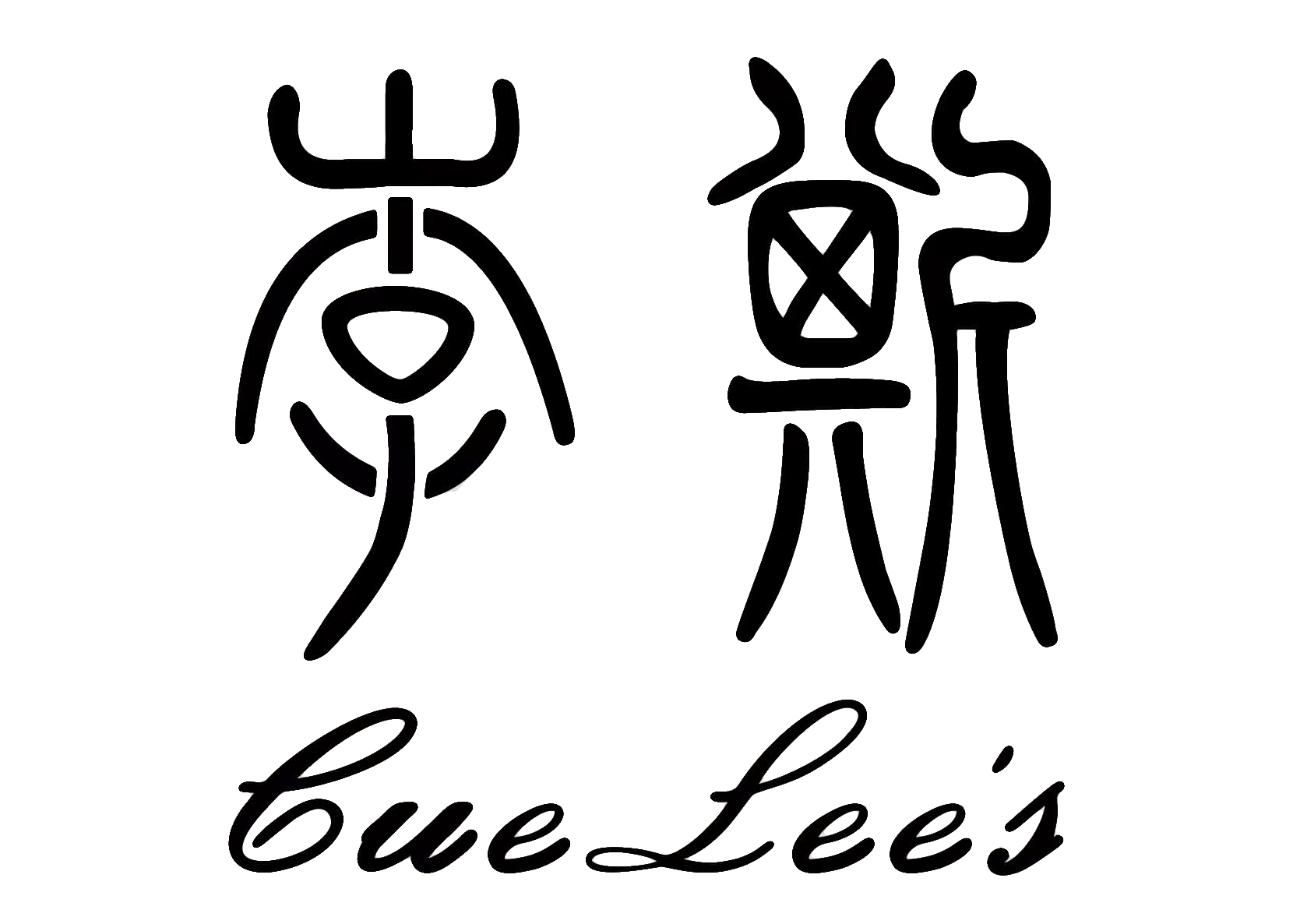Finding the perfect pool glove can significantly improve your game by providing better control and consistency. Whether you’re a casual player or serious competitor, understanding proper glove sizing and fit is essential for comfort and performance. The right glove should feel like a natural extension of your hand, allowing smooth cue movement while preventing common issues like sticking or slipping during your stroke.
Why do pool players wear gloves?
Pool players wear gloves primarily to reduce friction between their hand and the cue shaft, allowing for a smoother, more consistent stroke. This reduced friction eliminates the “sticking” sensation that can occur when skin moisture or oils contact the cue, particularly during long playing sessions when hands tend to sweat more.
Gloves also help maintain consistent cue control regardless of playing conditions. When your hand naturally perspires during intense matches or in warm environments, a quality billiard glove wicks away moisture while providing a uniform surface for the cue to glide through. This consistency is crucial for shot accuracy, especially when executing delicate position plays or applying precise english to the cue ball.
Additionally, gloves can protect your skin from irritation caused by repeated friction against the cue shaft. Many players find that wearing a proper billiard glove allows them to play longer sessions with greater comfort and less fatigue. Browse Biljardi 247 Shop’s collection of pool gloves to find options that can enhance your playing experience with these benefits.
How do you measure your hand for a pool glove?
To measure your hand for a pool glove, start by measuring the circumference of your palm at its widest point, excluding your thumb. Use a flexible measuring tape and wrap it around your hand just below your knuckles while keeping your hand flat. This measurement in inches or centimeters will correspond to most manufacturers’ sizing charts.
Next, measure the length of your middle finger from the base where it meets your palm to the tip. This helps ensure proper finger coverage, especially for gloves with open fingertips. Some premium gloves require both measurements for an optimal fit.
Most billiard gloves follow standard sizing conventions:
- Small: 7-8 inches (17.8-20.3 cm)
- Medium: 8-9 inches (20.3-22.9 cm)
- Large: 9-10 inches (22.9-25.4 cm)
- X-Large: 10-11 inches (25.4-27.9 cm)
If you’re between sizes, it’s generally better to choose the smaller size as most gloves will stretch slightly with use. Remember that different brands may have slight variations in their sizing, so checking the specific manufacturer’s chart is always recommended before purchasing. Find your perfect fit from Biljardi 247 Shop’s range of quality pool gloves.
What’s the difference between right-hand and left-hand pool gloves?
The difference between right-hand and left-hand pool gloves is based on which hand guides the cue during your stroke. Right-hand gloves are worn on the right hand and are designed for players who hold the cue with their right hand forward on the shaft. Left-hand gloves serve the same purpose for left-hand dominant players.
The hand wearing the glove is your bridge hand – the one that creates the support over which the cue slides during your stroke. Most right-handed players wear a glove on their left hand, while most left-handed players wear one on their right hand. The glove always goes on the hand that contacts the cue shaft, not the hand gripping the butt of the cue.
Some advanced players use gloves on both hands for different reasons. The bridge hand glove provides smooth cue movement, while a glove on the grip hand can offer better control and prevent slipping during powerful shots like breaks. The design differences are minimal, with the main distinction being which hand they’re sized and shaped to fit comfortably.
How should a billiard glove properly fit?
A billiard glove should fit snugly without restricting movement or circulation. When properly fitted, the glove should feel like a second skin – tight enough to prevent bunching or shifting during play, but comfortable enough to wear for extended periods without discomfort.
The fingertips of the glove should reach to the first knuckle of your fingers, leaving the fingertips exposed for better feel and control. This is especially important for your index finger, which often guides the cue shaft. The material should lie flat against your skin without excess fabric that could interfere with your stroke.
Common fit problems include:
- Too tight: Restricts blood flow, causes discomfort, and limits natural hand movement
- Too loose: Creates bunching, reduces control, and defeats the purpose of wearing a glove
- Incorrect finger length: Can cause the glove to ride up or down during play
The wrist area should secure the glove without digging into your skin. Many quality gloves feature adjustable wrist closures to customize the fit. Remember that most gloves will break in slightly with use, so a glove that feels slightly snug initially may become perfect after a few playing sessions.
What materials are best for different playing styles?
The best material for your pool glove depends largely on your playing style, environment, and personal preferences. Lycra and spandex blends offer excellent elasticity and a snug fit that conforms to your hand, making them ideal for players who value precision and tactile feedback during delicate shots.
Nylon and microfiber materials provide superior durability and consistent performance, perfect for frequent players who put their equipment through rigorous use. These materials also tend to maintain their properties longer, even after multiple washings.
Material considerations based on playing environment include:
| Environment | Recommended Material | Benefits |
|---|---|---|
| Humid conditions | Moisture-wicking fabrics | Prevents sweat buildup and maintains grip |
| Air-conditioned venues | Thinner, flexible materials | Provides adequate protection without overheating |
| Tournament play | Premium blends with compression | Offers consistent performance under pressure |
Players with a powerful break shot might prefer gloves with reinforced palm areas, while those focusing on finesse might choose thinner materials that maximize feel. Breathability is another important factor – highly breathable materials keep your hand comfortable during long playing sessions.
How do you maintain and extend the life of your pool glove?
To maintain your pool glove and extend its lifespan, clean it regularly according to the manufacturer’s instructions. Most gloves can be hand-washed in cool water with mild soap, gently squeezed (not wrung) to remove excess water, and air-dried away from direct heat or sunlight. Never use bleach or harsh detergents as these can damage the elastic properties.
Between cleanings, turn the glove inside out after use to allow moisture to evaporate. This prevents odor-causing bacteria growth and maintains the glove’s elasticity. Some players keep two gloves in rotation, allowing each to fully dry between playing sessions.
Common signs that indicate it’s time to replace your glove include:
- Visible thinning or wear in the palm area
- Loss of elasticity that causes the glove to fit loosely
- Permanent odor that doesn’t improve with washing
- Tears or holes in the fabric
With proper care, a quality billiard glove should last for 6-12 months of regular play. Investing in a well-made glove from the start often results in better longevity and performance. When it’s time to replace your worn glove, visit Biljardi 247 Shop’s glove collection to find your next perfect fit.









